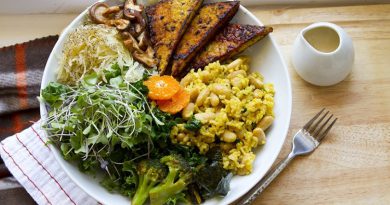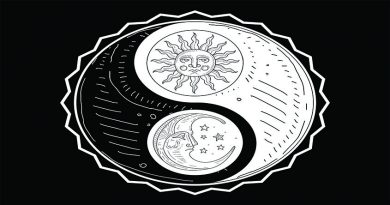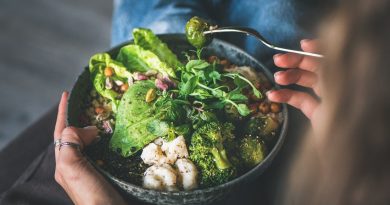Coronavirus and the Loss of Hope
Part II of Edward Esko’s talk with Japanese Macrobiotic Friends
June 27, 2020
The lung and large intestine are referred to as “metal” energy in oriental medicine. Metal is the most dense and contracted stage of the five energies, known as the Five Transformations, which are the central tenant of oriental medicine. Corona affects these organs. Autumn is the most sensitive season for the lung and large intestine, and, in oriental medicine, autumn is also classified as metal energy.
There is an invisible relationship between the mind and emotions and the body’s immune system, and hence on the development of COVID-19. In oriental medicine, trouble in the lung and large intestine is associated with conditions such as sadness, depression, and a lack of hope.
The coronavirus is prevalent among groups who fit that profile. The first are those who work in slaughterhouses or meatpacking facilities. Here infection rates are high. For these employees, their daily business is the business of death. A steady stream of living, sentient creatures—cows, pigs, chickens, and others—come into their facilities for one purpose, and one purpose only: to be brutally murdered. The animals obviously have no hope, no future. It is easy for a person to experience depression and hopelessness in such a bleak environment.
The next cluster is comprised of people in prison. Prisons are often overcrowded, and inmates are fed a diet high in meat and animal food. An animal food diet is a “no hope” diet. It is difficult to remain hopeful when faced with the daily reality of confinement, brutality, lack of mobility and privacy, and institutional food.
The next group is made up of people in old age homes. Seniors may be confined to bed, watching television all day, without sunlight or fresh air. They are often being cared for by strangers, and may have little contact with family members. They may be alone, having lost a spouse, and are surrounded by death and dying. They may be dealing with one or more conditions and are taking medication. Sadly, the institutional diet is based on animal food which contributes to a loss of hope.
Who is the opposite of this? Who has the most hope and the lowest rates of COVID infection? Which group of people is highly active, often outdoors, brimming with and hope and optimism? Children. Children have the lowest rates of COVID infection. Their lung and large intestine are active due to their constant motion. Their breathing and metabolism are highly active, as is their immune response.
Plant foods have a beneficial effect on mood and immunity. Brown rice, for example, strengthens the lung and large intestine. That was known for thousands of years in oriental medicine. A strong lung and large intestine reduces the tendency toward sadness and depression. Moreover, because it is a seed, brown rice contains the germ of new life, and thus promotes an optimistic view of the future. This is the hidden interpretation of natural immunity and the relationship between mind, body, and health.
Edward Esko is vice-president of Planetary Health and author of Diabetes: A Whole Foods, Plant-Based Approach, Alzheimer’s: The Macrobiotic Approach: Preventing Alzheimer’s and Lewy Body Dementia with Plant-based Nutrition, and How the Umeboshi Works: Secrets of Plant-Based Macrobiotic Remedies.





